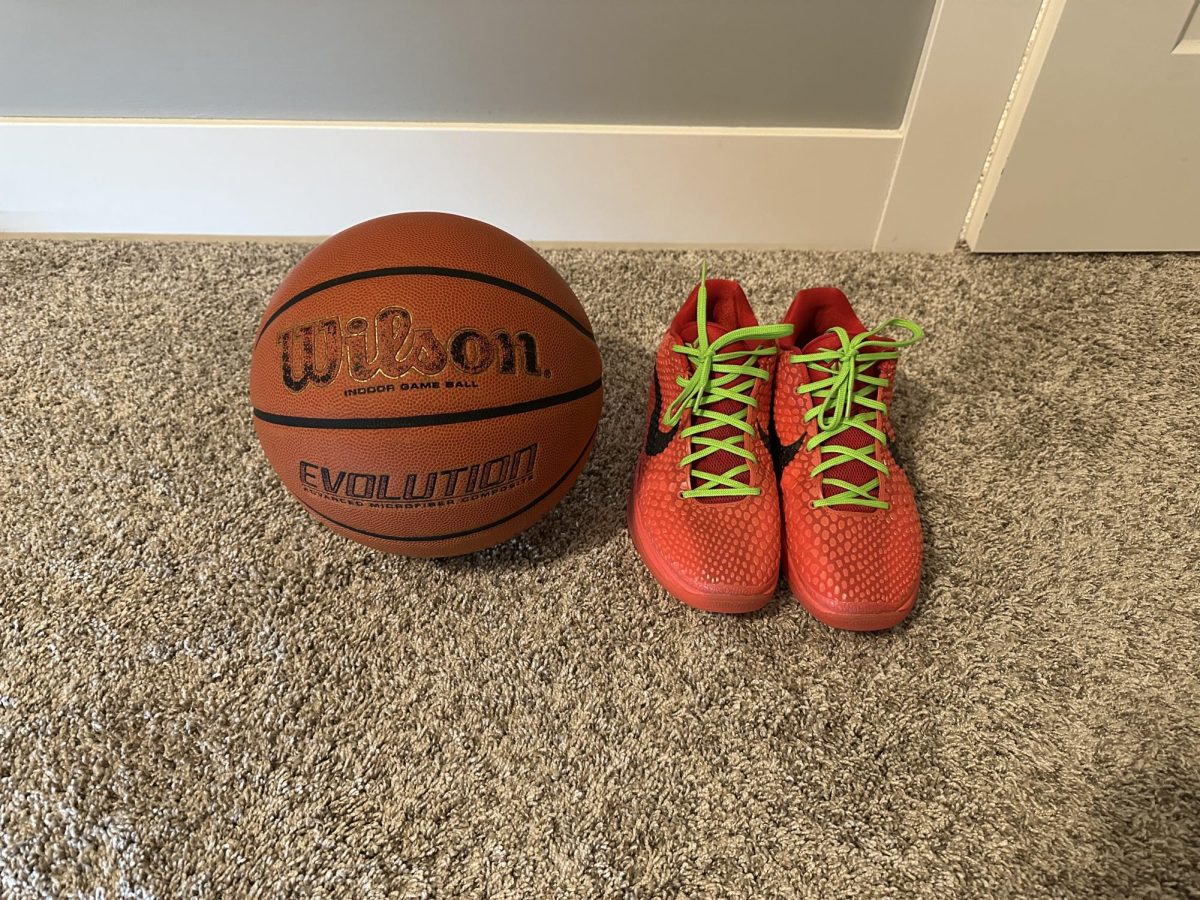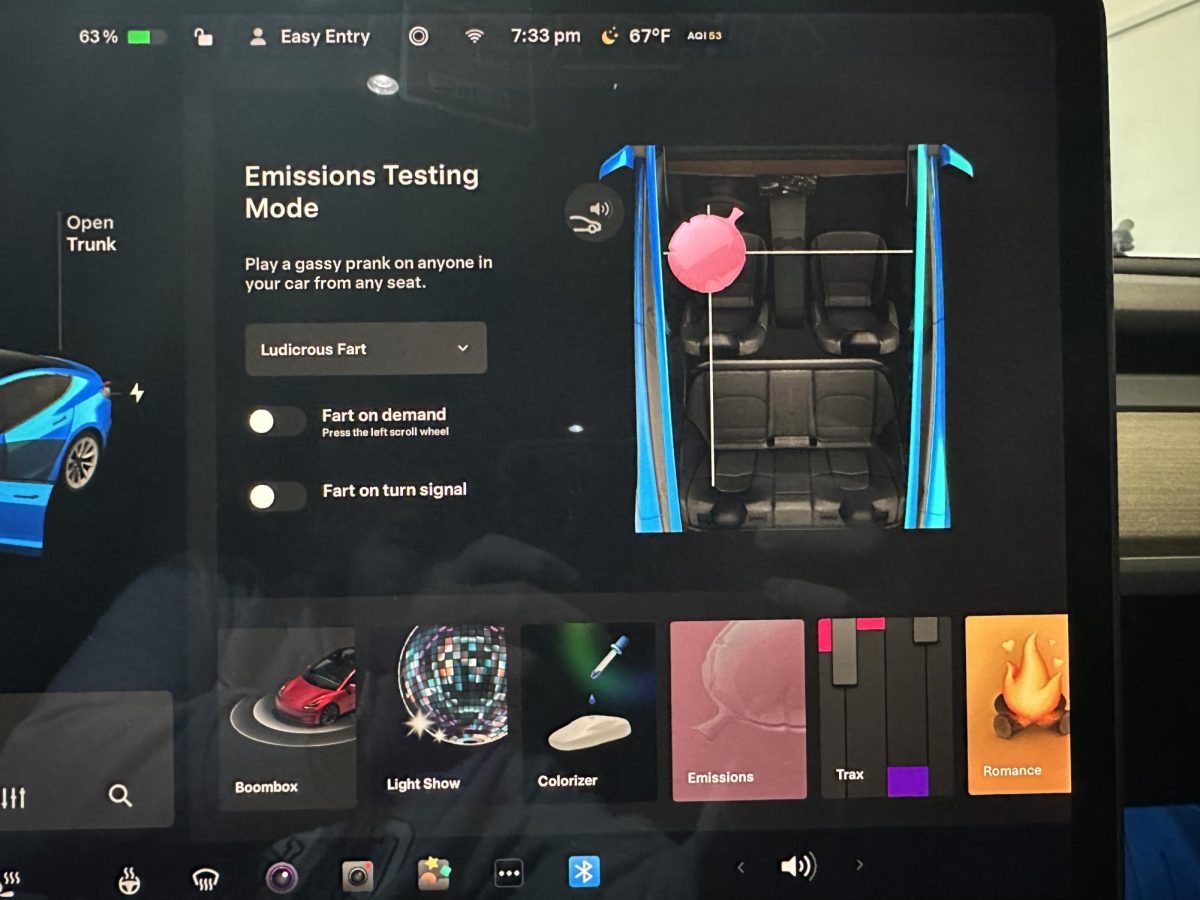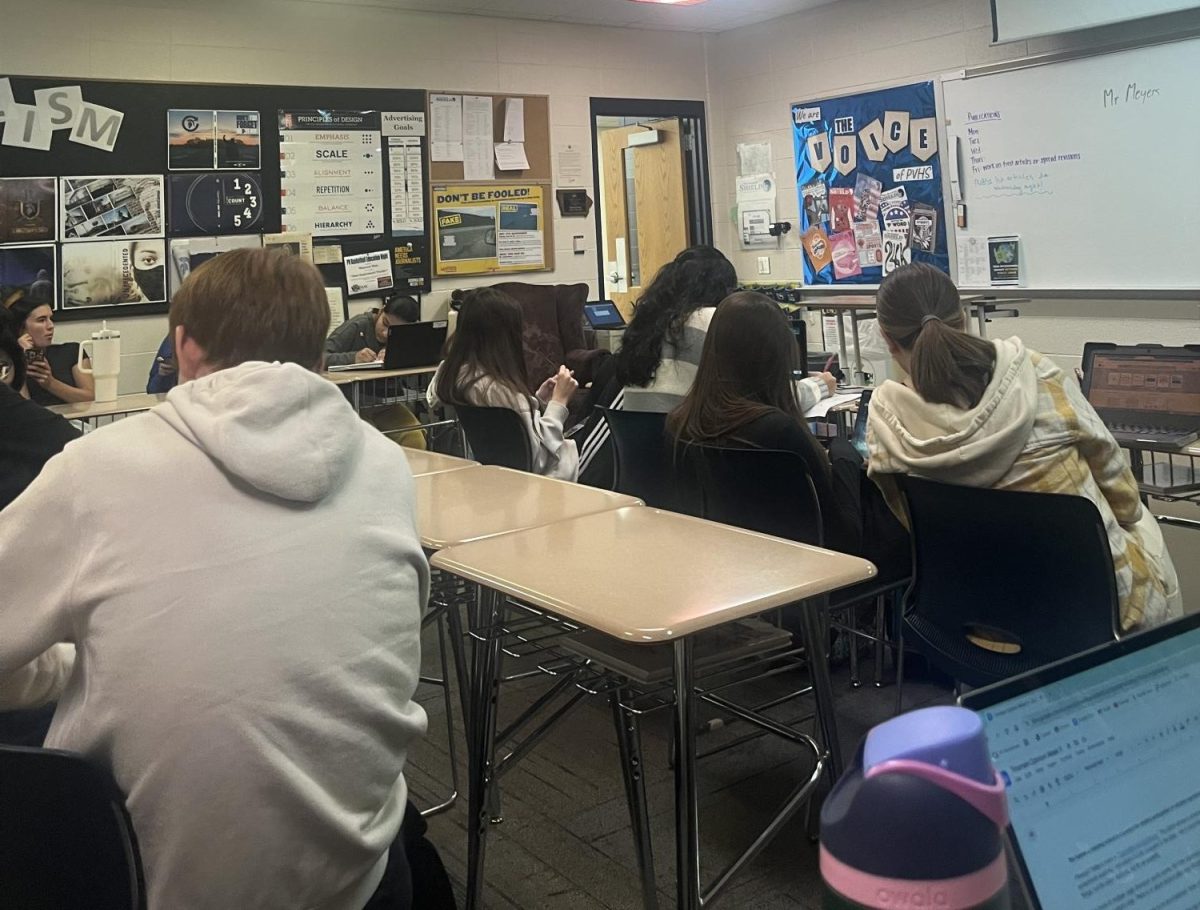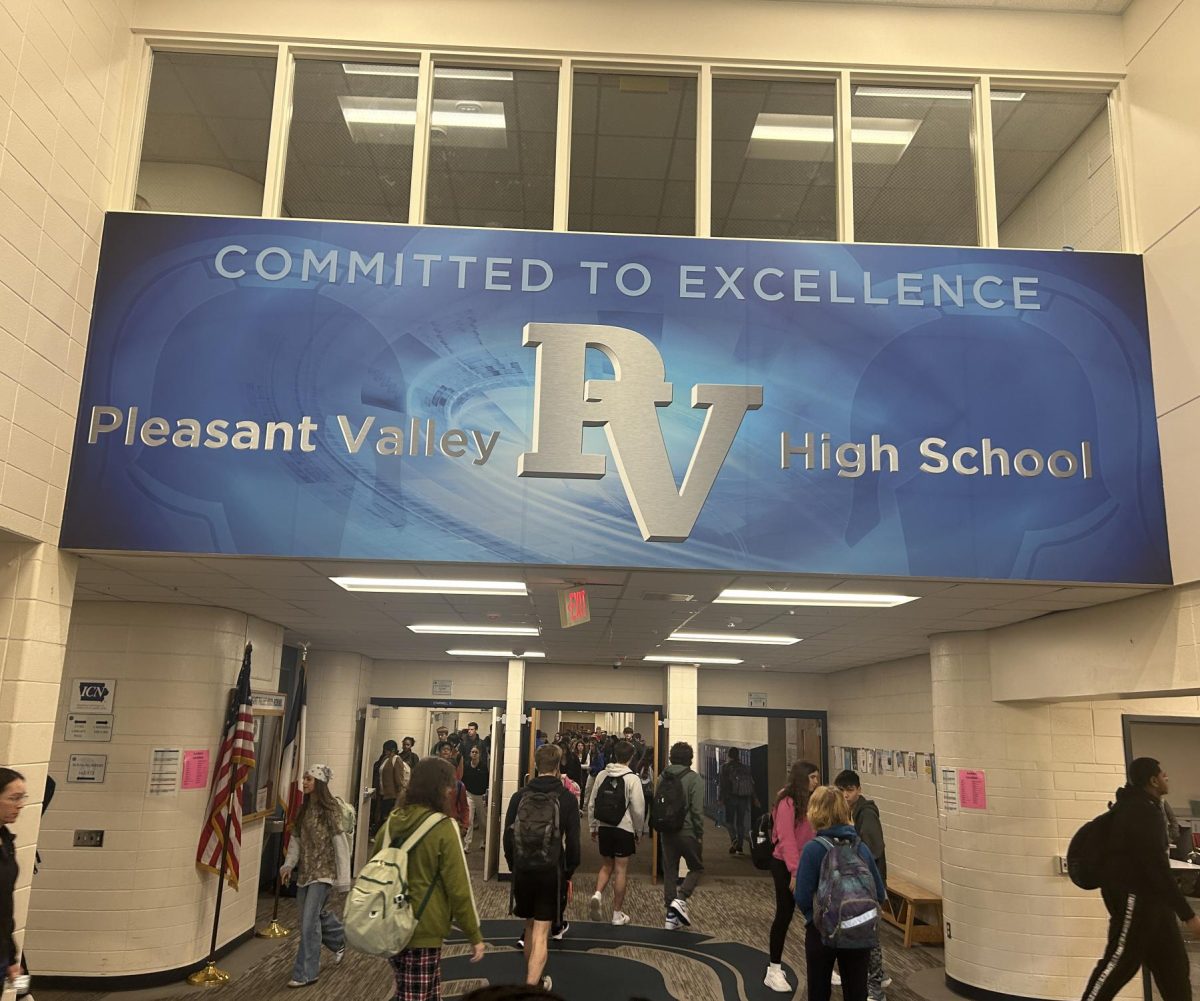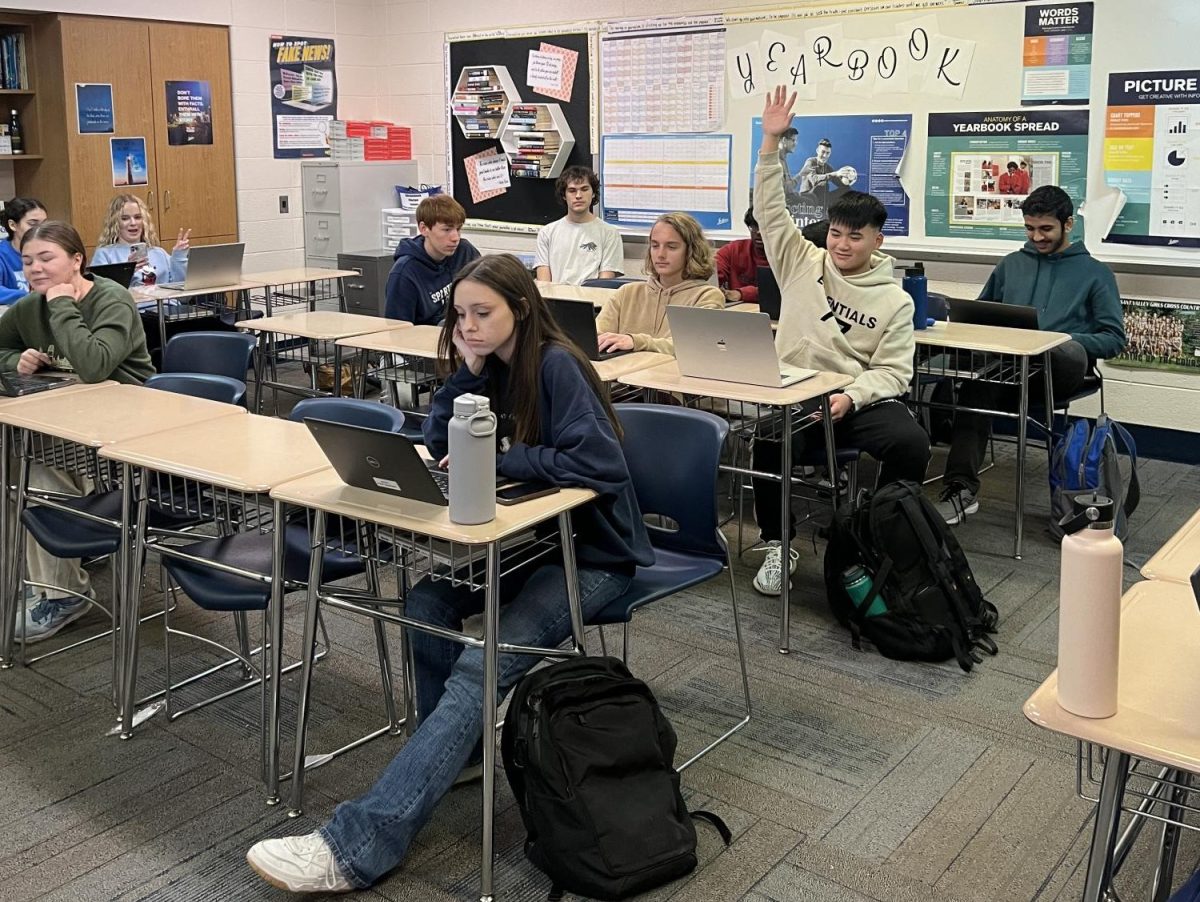The increasing cost for extracurricular activities, including sports and clubs, is preventing many students from involvement and is revealing how financial problems can make high school activities inaccessible for many students.
Often, extracurricular activities come with a price tag. There are equipment and gear fees for sports, instrument costs in music programs and travel expenses in extracurriculars.
In fact, the average annual cost to play sports at the high school level is estimated to be about $883 and an average of $2,068 per sport for families with annual incomes of $150k or more.
Senior Lucas Haas is on the swim team, and he believes not all sports are expensive to participate in. “I think swimming products have a very wide price range. For example, you can buy a suit for $20, but you can also buy suits made of carbon fiber for $400,” Haas explained. “The season fees are about $100 each year plus any swimsuit or equipment.”
Similarly, band students might pay for instrument rentals and private lessons, which can exceed $1,500 annually, depending on the skill set of students.
Any clubs with competitive elements, such as a debate team or robotics, may ask for fees covering registration, travel or equipment.
Senior Nikhil Namshamgari is in robotics and believes the cost can be inhibiting. “I have been in robotics for four years now. Every year the fees keep coming back, and it is not just regular fees,” Namshamgari explained. “These fees are expensive because we need to buy parts for the robots and sponsor teams. Although I’ve been in robotics for four years now, the cost is the only thing that could make me hesitant to continue being in robotics.”
For families who may struggle financially, these fees add up quickly and become a significant problem. This issue prevents students from pursuing their passions and favorite activities.
The impact travels far beyond individual students. Participation in extracurricular activities is associated with higher academic achievement, better attendance records, lower dropout rates and fewer discipline problems. If financial problems prevent students from participating, they miss out on those benefits.
Many schools recognize these financial challenges and are committed to finding solutions to it. Booster clubs, innovative fundraising campaigns and sponsorships from local businesses can all help lower the cost.
Programs such as Every Kid Sports provide grants to families to help cover pay-to-play fees. Nonprofit organizations, such as Music for All, offer band student scholarships. But most of those programs are dependent on outside funding and may not reach every child that is in need.
There are also grants and sponsorships for various clubs and organizations. “There are definitely fees involved in robotics, but the overall individual cost isn’t much,” Namshamgari said. “The cost isn’t much because it is mostly covered by grants and sponsorships. But if it weren’t for the grants and sponsorships, I don’t think I would still be in robotics.”
Rising extracurricular costs bring up questions of fairness and involvement in schools. Fair access to extracurriculars is not simply a matter of developing well-rounded students but being able to provide every student with a chance to discover their passion and realize their full potential.


